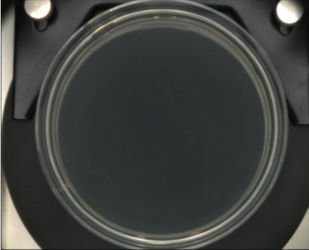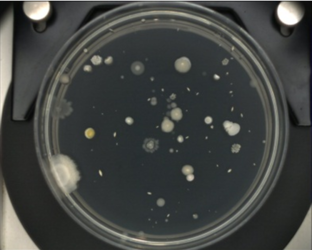Here's the text.
Effect of chlorination
Last Updated January 22, 2024
Tap water is disinfected with chlorine (sodium hypochlorite) so that it can be drunk with confidence.
Chlorine has a strong bactericidal power against germs and pathogens, but the concentration contained in tap water does not affect health even if you drink tap water for a lifetime.
Residual chlorine
Since chlorine remains in tap water, disinfection effect lasts and prevents germs from occurring.
General bacterial tests
One of the inspection items to confirm the disinfection effect is "general bacteria", which is used as an index to grasp the contamination of bacteria in tap water.
The photo below shows the results of a general bacterial test with tap water and raw water.
 Chlorinated (tap water)
Chlorinated (tap water)
 No chlorine disinfection (raw water)
No chlorine disinfection (raw water)
General bacteria have been killed in tap water that has been disinfected and disinfected, but in raw water that has not been purified, white and yellow spots, which are clusters of general bacteria, can be seen.
"General bacteria" in the water quality standards are used as an index to grasp the contamination of bacteria in tap water, and are formed when 1 ml of tap water is cultured at 36 ± 1 ° C for 24 ± 2 hours using a specific medium. It is stipulated that the number of villages is 100 or less.
Inquiries to this page
Water Works Bureau Water Purification Department
Telephone: 045-671-3544
Telephone: 045-671-3544
Fax: 045-212-1158
Email address: su-josui@city.yokohama.lg.jp
Page ID: 678-586-291







